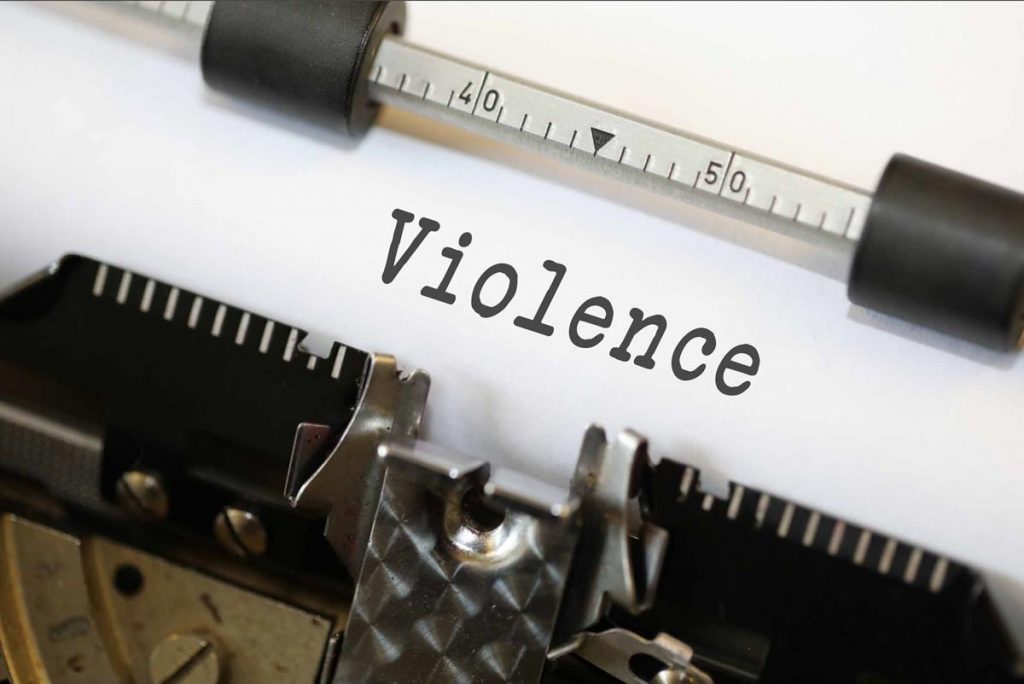Violence as ever-present complex social phenomenon
By: Ruža Karlović
Strange as it may sound, violence as an inevitable component of all societies, stimulates partnership synergy between social stakeholders in the field of scientific and professional activities.
In this brief comment of the social context of violence in general, violence will be understood as a crime that contains elements of violence, even though it should be taken into account that violence and crime are not synonymous because some serious crimes can be committed without visible physical violence but have enormous harmful consequences for society as a whole – for example, cybernetic or financial crime. The society is changing and developing and consequently, the crime phenomenology is changing too. Crime with elements of physical violence is “tangible”, for media more attractive and more cost-effective, people are more afraid of it, and it causes fear of crime, especially if such crimes happen close to their living or working place (Jewkes, 2011). However, some research shows that the experience of criminal victimization is linked to dysfunctional fear, which means that fear is a response to violence and crime, but this fear, on the other hand, raises awareness of self-protective behavior (Jackson, Gray, 2010). Also, mass media as a strong social institution are fascinated by violence and crime that can be both useful and harmful to society. Violence is an inevitable part of society. Some types of violence are manifested through the action of an individual or group action, but the consequences are reflected in society in both cases. All those who commit violence violate social values and the common culture and destroy society. In general, the underlying values of a society are protected by the fundamental legal act of a state- i.e., the Constitution and by international law and the culture.

Studying social interaction and the way people behave from micro to macro level help us to perceive and understand better how society functions? In this case, some of the classical sociological perspectives of society study help us understand violence. Every individual is a social being. Personal problems are intertwined with the functioning of society. Violent action or the commission of a criminal offense with elements of violence is related to some social context. In this regard, it is important to investigate and respond to certain contextual questions that are mentioned in the literature: Factual issues – what happened? Comparative questions – whether it is a widespread phenomenon or a phenomenon related to a particular social group? Developmental issues – cultural changes of society, theoretical questions – which factors should we look for in order to explain behavioral changes (Giddens, Sutton, 2017). In fact, the logic behind investigating cases of violence and violent offenses is the same according to the rules of criminal investigation as in sociological methods in research of social phenomena. However, only in a criminal investigation, the focus is on investigating a particular case, through 8 W’s of criminal investigation (What happened? Where did it happen? When did it happen? How did it happen? Means of execution? Who is the perpetrator? Who is the victim? What was the motive?
If violence was an inevitable part of the society we were taught by classics. One of them is the sociologist Durkheim, who was discussing functions of deviance and crime in society 120 years ago. His views are still topical and referential. Thus, crime and violence as prototypes of deviant behavior are inevitable phenomena in every society, especially in today’s accelerated, digital and anomic society where it’s every man for himself, leading to the weakening of social solidarity and value consensus, resulting in deviant behavior. An interdisciplinary approach to the prevention of complex social phenomena of violence is also shown in the new Protocol on the Treatment of Domestic Violence adopted by the Government in 2019 (Protocol). This protocol provides inter-community co-operation with all stakeholders involved in the protection of victims of violence. Approximately 15 years ago, a protocol was adopted on the same subject, however, later that year there was an extremely difficult case of domestic violence when children were thrown out of the balcony. Consequently, a protocol on joint co-operation between all expert bodies has been updated, with an emphasis on inter-agency co-operation, teamwork and information exchange, as well as proactive action in the area of prevention of deviant and criminal behavior, especially at the expense of vulnerable social groups.
References:
Giddens, A., Sutton, PW. (2017). Sociology, 8th edition. Cambridge: Polity Press
Jewkes, Y. (2011). Media and crime. London. Sage
Jackson, J., Gray, E. (2010). Functional fear and public insecurities about crime. British journal of criminology, 50 (1), 1-22. ISSN 0007-0955
